https://journals.openedition.org/lhomme/42997
|
Une nouvelle recension très détaillée de "Faire du terrain en Corée du Nord" que j'ai co-dirigé avec V. Gelézeau, dans la prestigieuse revue "L'Homme".
https://journals.openedition.org/lhomme/42997 With my colleague Valérie Gelézeau, I have the pleasure of presenting in English our book "Doing fieldwork in North Korea" (Faire du terrain in North Korea) for the journal "Positions Politics", in their Paideia section. Several recordings and videos of Valérie and I try to explain our approach.
https://positionspolitics.org/french-social-scientists.../ L'Atelier des Cahiers sera ce week-end au SIBF au COEX pour des dédicaces :
Samedi de 14h30 à 16h : Elodie Elod Dornand (Croquis de Corée), Rodolphe Meidinger et Marcela Dvorakova (Saisons de Nami, Porte des secrets). Dimanche de 14h30 à 16h : Benjamin Joinau (Croquis de Corée), Rodolphe Meidinger et Marcela Dvorakova (Saisons de Nami, Porte des secrets), Keum Suk Gendry-Kim et Loïc Gendry (De case en case). Sur le stand France D3.
I am invited to speak about "Sketches of Korea" tomorrow Wednesday 20th May from 11:30 am on TBS Radio, 1013 Mainstreet Program.
And a new article on Korea.net, the official site of the Republic of Korea, has been released about it: Follow the links for the different versions: On the Blue House site (Cheonghwadae) : http://english1.president.go.kr/korea/korea.php?srh%5bview_mode%5d=detail&srh%5bseq%5d=10684 In English: http://www.korea.net/NewsFocus/People/view?articleId=127413 In Korean: http://www.kocis.go.kr/koreanet/view.do?seq=3941 NB : the reporter did a great job in this long article and she tried her best to catch what I was explaining in my poor Korean! Here are few misunderstandings though: - concerning the white clothes, I tried to explain that the situation during the Joseon era was more complicated than what we are usually being taught. At times, commoners were forbidden to wear white cloths, but at the same time it is said that colors were forbidden for most social groups except for the aristocracy and the officials. Children and elderly people could wear pastel colors. But then what commoners could be wearing if white and colors alike were forbiden to them? It is actually a question which need to be answered with precision, taking into account, the time, the place and the social group considered. The "white-clad folk" may have been a widespread reality only at the very end of the dynasty... - "minhwa" is a term invented during the colonial times. It covers different types of paintings which belonged not to one genre, but to several genres in the past. - "Though not understandable, however, there is one thing I see as pitiful": I think I understand this situation of lack of "yeoyu" or free time/leisure/space. I don't find it pitiful, I regret it. - "If we cannot eat, it would be very painful": really? No comment... - the French movement to rediscover "daily routine" that I was mentionning is the academic rediscovery of everyday life, like in Michel De Certeau works ("The practice of everyday life"). 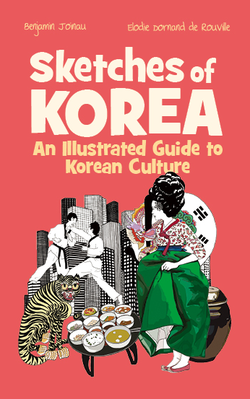 Sketches of Korea An Illustrated Guide to Korean Culture Writer: Benjamin Joinau Illustrator: Elodie Dornand de Rouville Date of Publication: April 27, 2015 Page Count: 212 Book Size: 128X195 mm Price: KRW 12,900 Publisher: Seoul Selection Here is all you need to know about Korea outside of Samsung, K-pop, kimchi and taekwondo. ◆ A French-born cultural anthropologist teams up with an illustrator and compatriot to bring you a cultural guide to Korea. Metrosexual pretty boys and plastic surgery beauties, university students scrambling for jobs and middle-aged ladies donning sun visors, Korean subway cars packed with selfie-obsessed high-schoolers – isn’t there a book that explores this side of Korea? As people the world over continue to fix their attention on Korea, the number of books on Korean culture is also on the rise, but most Korea-related publications thus far have focused on either hackneyed material or an idealized portrait of life on the peninsula. But what about the unpackaged version, a book about the way Korea really is? With this simple goal in mind, two French expats who have studied Korean society as longtime residents in the country have collaborated to create “Sketches of Korea: An Illustrated Guide to Korean Culture.” An all-encompassing manual, the book spans 47 different topics ranging from the nation's latest trends to its traditional culture, social customs, art and even religion. The word "sketches" in the title refers to a direct and honest portrayal of the writer’s and illustrator's personal impressions of Korea, as well as to the drawings that animate the book's every page. To international readers looking for more than just another typical book about Korea, and to the Korean readers who are interested in an objective portrayal of their country by a foreign resident, this book is for you. Cultural anthropologist meets artist: A portrait of 21st-century Korea by two Parisians Author Benjamin Joinau has built himself a unique resume over his past 20 years in Korea. After majoring in humanities and philosophy at the Sorbonne in France, he switched to the field of cultural anthropology, having found himself fascinated with Korean culture. He has since worked as a translator of Korean literature, an exhibition organizer, a food columnist and a host for a TV program on Korean cooking – a truly multifaceted career. Artist Elodie Dornand de Rouville is known for her drawings that capture the lives of Koreans from a unique perspective, as well as for her installation work. She arrived in Korea 10 years ago with a diploma from the distinguished École Nationale Supérieure des Beaux-Arts, and continues to reside there with her Korean husband. Although both the writer and illustrator can now call Korea their second homeland, life when they first arrived wasn't always so comfortable. They encountered difficulties while carrying out the mundane aspects of everyday life, such as how to behave in a public bathhouse, or what to avoid doing when drinking with Koreans. “Sketches of Korea” is a meaningful and practical cultural guide based on the personal experiences of the writer and illustrator, who wish to pass on what they've learned to other non-Koreans. They set out to portray Korea as it is, neither advertising its cultural brilliance nor denigrating it from a purely Western perspective. From traditional to modern: Forty-seven different themes A compilation of work that the writer and illustrator contributed together for a magazine column throughout a few years, “Sketches of Korea” is divided into five chapters. The book spans 47 individual sub-themes that are sure to fascinate the non-Korean reader, starting with the daily lives of present-day Koreans (Chapters 1 and 2), then shifting into Korea's traditional arts and modes of life (Chapters 3 and 4) and finally examining the religions and belief systems that constitute Koreans' spiritual roots (Chapter 5). Artist Elodie Dornand de Rouville perfected each illustration by incorporating various personal experiences from Korean life, such as eating silkworm pupae, making kimchi and writing calligraphy. Although the artistic process was a long one, she says such experiences have helped her to better understand the Korea she lives and draws. “Sketches of Korea” offers practical, real-life tips on traditions such as Korea's unique system for leasing properties or the practice of giving cash gifts for weddings, allowing readers to better understand how Koreans operate. There's no need to read this book in chronological order. Just flip to whichever section interests you, whether you’re drawn in by the content or the illustrations. To aid our readers unfamiliar with the Korean writing system, Hangeul script has been provided alongside important terms, and a supplemental index has been added to facilitate understanding. An illustrator's solo exhibition: Commemorating a new book and 10 years of life in Korea In connection with the launch of “Sketches of Korea,” Elodie Dornand de Rouville is holding her exhibition, “Traversée,” from May 15 to 29 at the Paik Hae Young Gallery in Itaewon. The exhibition will showcase a series of 40 drawings on hanji paper. Elodie extracted drawings from “Sketches of Korea” to deliver a more personal vision of Korea replaced in a humorous context. These drawings play on contrasting couples: black and white, I and the other, interior and exterior, shadow and light… They are both poetic and idiotic, childish and intended for adults only, unique and indefinitely reproducible… Elodie delivers a jubilatory portrait of the modern Korean society with her sharp humor. The exhibition will kick off with a book signing event on Friday, May 15 at 6 p.m. Everybody is warmly invited. About the writer and illustrator Benjamin Joinau After studying humanities and philosophy at the Sorbonne in Paris, Benjamin Joinau first visited Korea in 1994 for his French military service. He became fascinated with Korean culture, and decided to eventually settle down here, a decision that shifted his interests toward cultural anthropology and inspired his studies in France's School for Advanced Studies in the Social Sciences (EHESS), where he earned a PhD. He is currently a professor of Culture and Civilization at Hongik University in Seoul. In addition to his native French, he has also published several books and dissertations in English and even Korean. His key works include “Petit futé Corée” (1999), a French travel guide on Korea; “Séoul: L’invention d’une cité” (2006), an essay collection on Seoul; “Two Frenchmen Talk about Cuisine” (2004), an introduction to the French palate; “Face and Imagination,” a philosophical, psychoanalytical and aesthetic examination of human faces; and “Les descendants de Cain” (2002), a French translation of Korean writer Hwang Sun-won's 1954 novel “The Descendants of Cain.” Elodie Dornand de Rouville After receiving a Brevet de Technicien Supérieur in graphic design and visual communication, Elodie Dornand de Rouville earned a Diplôme National Supérieur d'Arts Plastiques in painting and installation art from the École Nationale Supérieure des Beaux-Arts in Paris. She first arrived in Korea in 2002 as an exchange student at Hongik University. She attracted the limelight in 2005 by taking part in the exhibition “Korean-Eyesed,” which displayed Elodie’s work that captured the daily lives of Koreans through her unique style and vantage point. She has since explored themes such as connective links, memories and physical locations, displaying her work through solo exhibitions, including “Laisse-moi là” (2003), “Instant Mirror” (2009), “Cabinet de curiosité” (2010), “A course of Evanescence” (2013) and “The Shadow of a Star” (2014). Inquiries Regarding Press Release: Eugene Kim, 070-4060-5154, [email protected] Inquiries Regarding Book Purchases: Na-ryeong Kim, 02-734-9565, [email protected] The book is on sale in Korea in major bookstores such as Kyobo and Youngpoong, and also of course in Seoul Selection bookstore in Gwanghwamun and online on its Website. Soon to come on Amazon.com and in the USA. Articles in the medias:
This is a video introducing "Ombre du vide", a volume of poems by Park Ynhui that I translated from Korean to French last year and published by Atelier des Cahiers. Présentation de l’ouvrage “De-bordering Korea”
Le 7 juin 2013, dans le cadre du Séminaire pluridisciplinaire du CRC la présentation de l’ouvrage : “De-bordering Korea : Tangible and Intangible Legacies of the Sunshine Policy ” (Valérie Gelézeau, Koen De Ceuster et Alain Delissen (dir.), Routledge, 2013) aura lieu en présence des auteurs avec les Discutants : Hong Sik Cho (Université Soongsil) et Juliet Fall (Université de Genève). Le débat sera animé par François Bougon, rédacteur en chef adjoint au journal Le Monde. La séance sera organisée par le Centre Corée de l’EHESS, en partenariat avec l’AFPEC et le Réseau des études sur la Corée (Paris Diderot-EHESS-Inalco) à 16h30 au Grand Salon, Maison de l’Asie, 22 avenue du Président Wilson, Paris 16e. |
Benjamin Joinau's
Texts - Articles - Books - Presentations - Lectures - etc. Catégories
Tous
|
||||||||||||
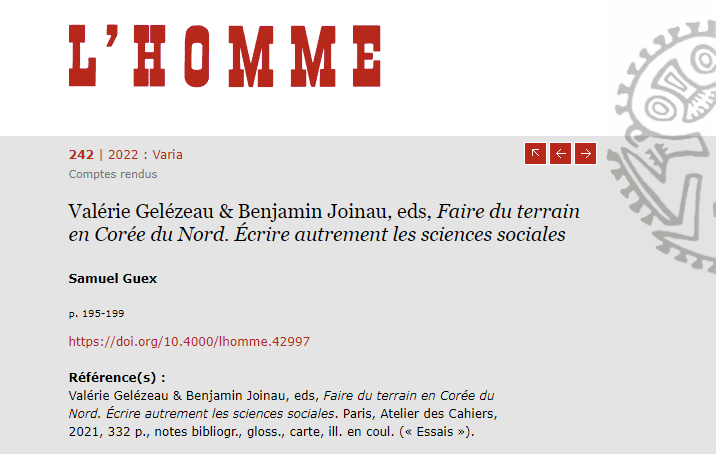
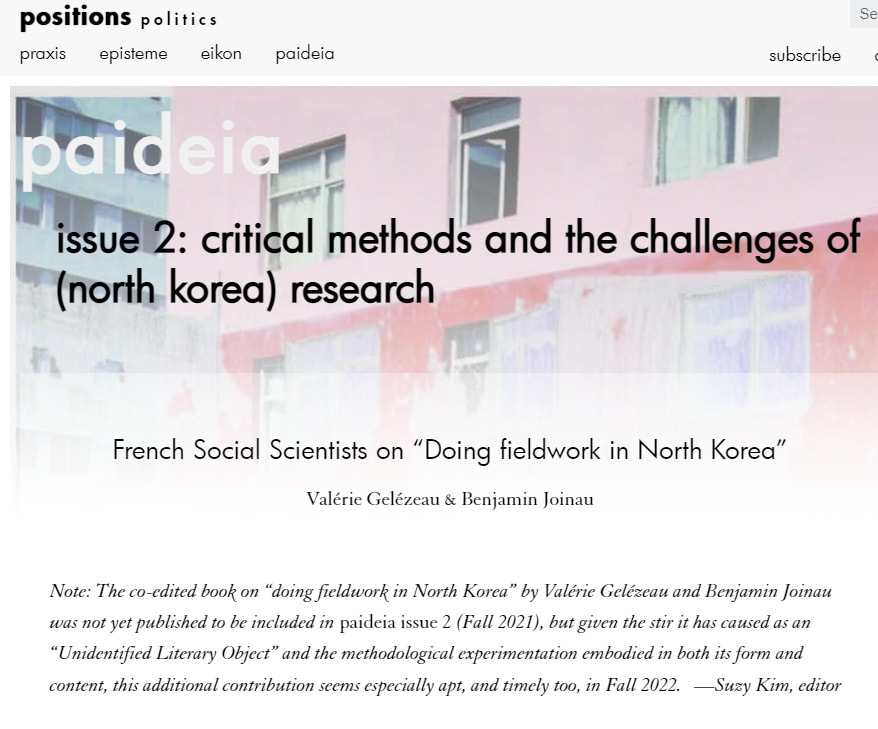
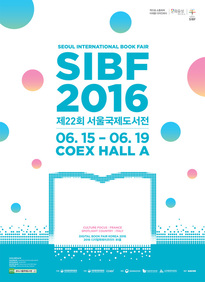
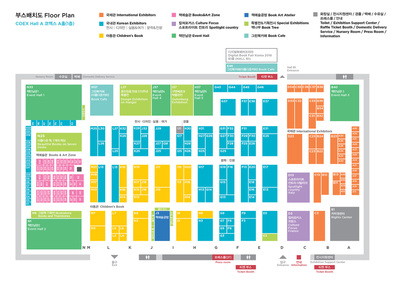
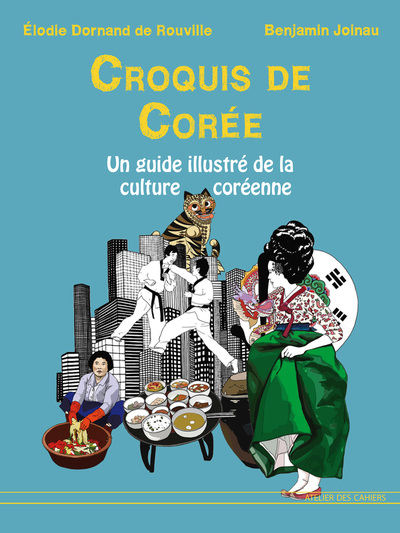
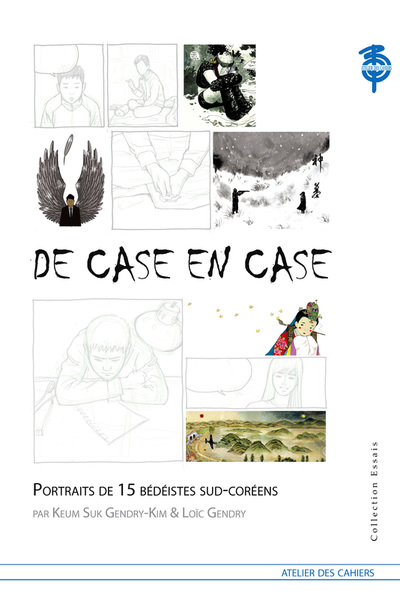
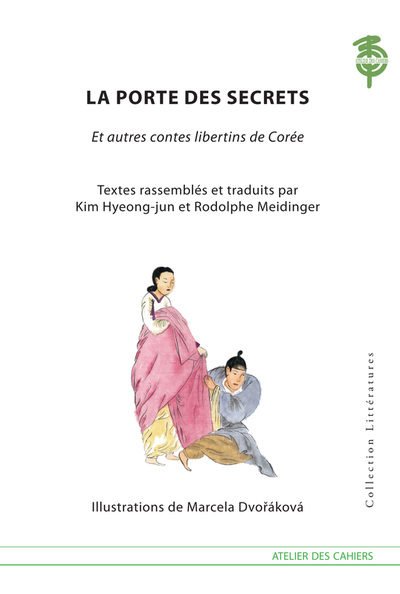
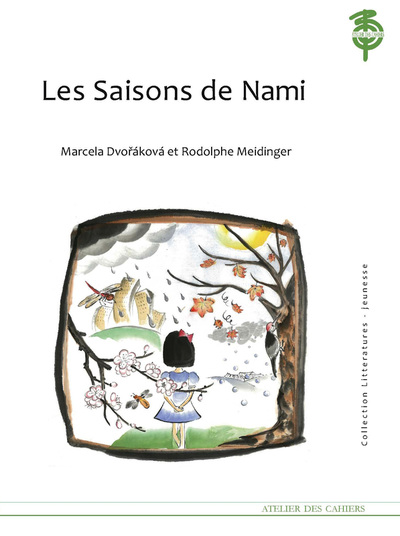
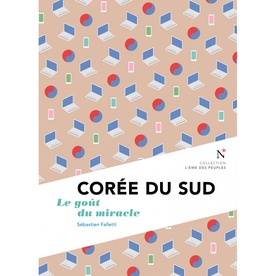
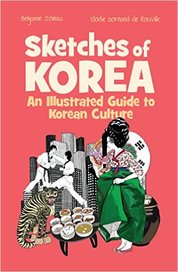
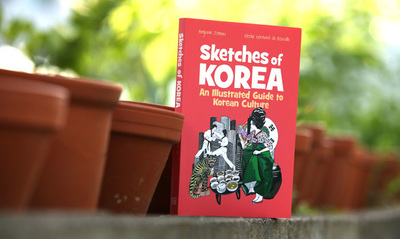
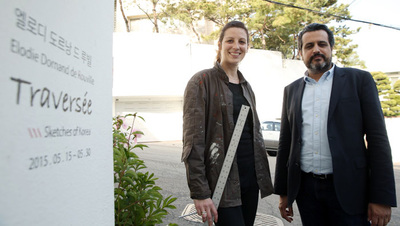

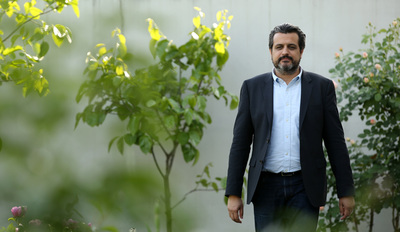
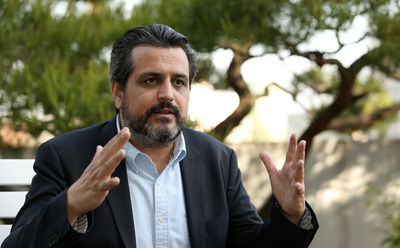

 Flux RSS
Flux RSS
